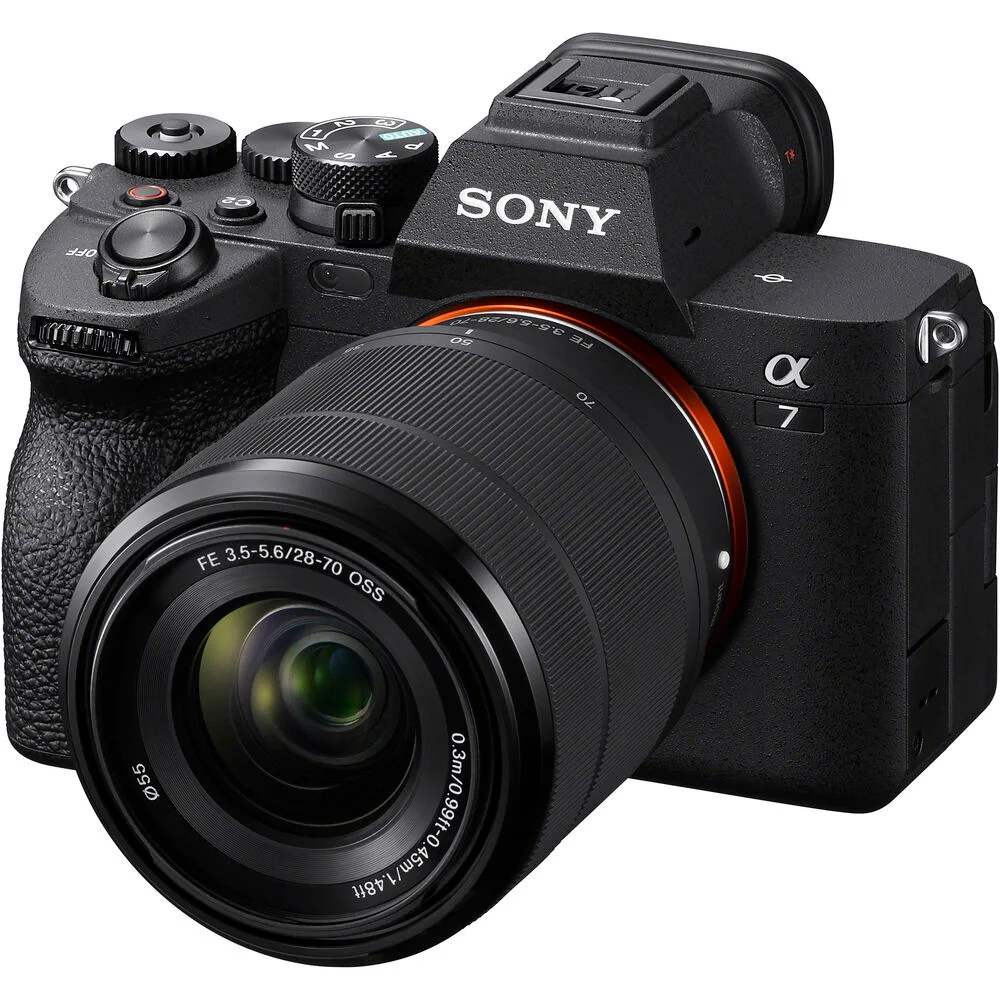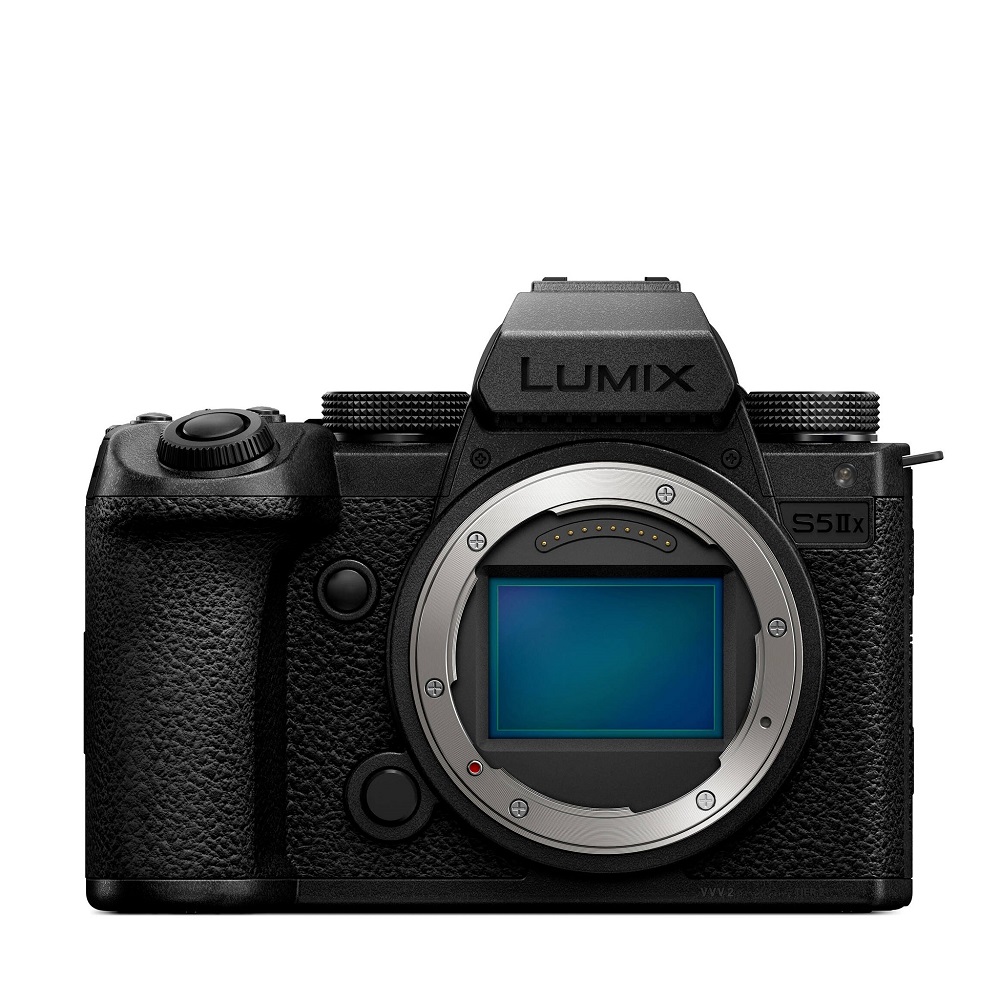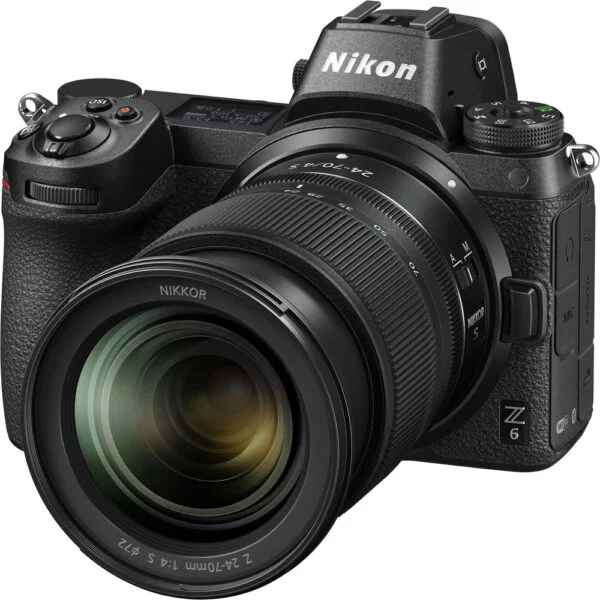Cameras are essential tools for capturing moments, whether you are a professional photographer or an amateur enthusiast. However, it can be frustrating when your camera stops working unexpectedly. If you’re facing issues with your camera, understanding the common problems and their solutions can get you back to shooting in no time. Why isn’t my camera working? This article provides practical solutions to some of the most common reasons behind camera malfunction and helps you troubleshoot effectively.
Power Issues
Check the Battery
Why isn’t my camera working? One of the first steps in diagnosing your camera problems is to check the battery. If your camera won’t turn on, it’s often due to a depleted or improperly inserted battery. Remove the battery and check if it is charged. If you have a spare battery, try replacing the current one with a fully charged battery to see if that resolves the issue.
If the battery shows signs of damage, such as swelling or leakage, it’s time for a replacement. Always use manufacturer-recommended batteries to avoid compatibility issues. Also, ensure that you clean the battery contacts with a soft cloth to prevent a poor connection that could hinder proper operation.
Inspect the Power Switch
Another potential power issue could stem from the power switch itself. Make sure the switch is functioning correctly; it should move smoothly without any obstruction. If you feel resistance or the switch feels stuck, it may need some attention. Why isn’t my camera working? Sometimes, dust and debris can accumulate in or around the switch area, preventing proper operation. Try using a can of compressed air to gently blow out any dust. If the problem persists, you may need to consult the manufacturer’s guidelines for further cleaning or repairs.

Storage Problems
Check the Memory Card
If your camera turns on but gives an error message about the memory card or fails to save photos, you might be dealing with a memory card issue. Start by removing the card and inspecting it for any visible damage or dirt. If you see dirt or dust, use a soft brush or cloth to clean the contacts on the card and inside the camera where the card is inserted.
If cleaning doesn’t work, try inserting a different memory card. Ensure that the card is compatible with your camera and formatted correctly. Remember, some cameras can be picky about the types of cards they accept. Always format a new memory card in your camera before using it to ensure it recognizes the card correctly.
File System Errors
In some cases, you may encounter file system errors on your memory card. If you consistently receive error messages, you may need to reformat the card. Back up any important files first, as formatting will erase all data on the card. Usually, you can reformat the card via the camera’s menu settings. Make sure to consult your camera’s manual for specific instructions on formatting memory cards. After reformatting, check if the camera functions properly again.
Lens Issues
Dust and Obstruction
Dust and obstructions on the lens can significantly impact your camera’s ability to focus and take clear pictures. To troubleshoot this issue, inspect the lens carefully. Use a microfiber cloth to wipe the lens gently, ensuring there are no smudges or fingerprints. Pay special attention to the front and rear elements of the lens, as dirt and dust can easily accumulate.
If the lens remains dirty after cleaning, consider using a lens cleaning solution specifically designed for optics, along with a soft brush. Make sure to avoid using household cleaners, as they can damage the lens coating.
Lens Attachment
If your camera has interchangeable lenses, ensure that the lens is properly attached. Sometimes, a lens may not latch securely, which can cause communication errors between the body and the lens. Remove the lens and reinstall it, checking for any obstructions. Align the dots on both the lens and body, and twist until you hear a click. Once secure, try taking a photo to see if this resolves the issue.

Connection Failures
Inspect Cables and Ports
For digital cameras that connect to computers or other devices, faulty cables or ports can cause functionality issues. Start by checking the USB or HDMI cables for any visible signs of damage. If the cable looks worn or frayed, replace it with a new one.
Additionally, inspect the ports on both your camera and the connecting device. Use a flashlight to check for dust or debris in the ports. Clean out any dirt with a soft brush and compressed air. Ensuring a clean, secure connection will help maintain stable communication between devices.
Firmware Updates
Outdated firmware can also lead to connection problems. Check your camera manufacturer’s website for any available firmware updates. Download and install them following the provided instructions. Keep in mind that updates can fix bugs and enhance your camera’s performance, potentially resolving connection issues. Regularly updating firmware keeps your camera up to date with the latest features and improvements.
Display and Viewfinder Issues
Screen Problems
If your camera’s display isn’t working, it can be quite confusing. Begin by checking if the camera is set to display images or if it could be in a viewfinder mode. Some cameras have settings that only display images through the viewfinder. Additionally, if the screen appears blank or unresponsive, your battery may be low, so checking the battery again is wise.
If the battery is not the issue, try resetting your camera to factory settings. Refer to your user manual for instructions on how to perform a reset. Resetting the settings can often resolve glitches or minor software bugs affecting the display.
Viewfinder Malfunctions
If you encounter issues with the viewfinder, such as flickering or a black screen, check for loose connections. Ensure that any eye cups or lens covers are removed. In some cases, electronic viewfinders can experience temporary glitches, which are sometimes solved by turning the camera off and back on.
If problems persist, look for any firmware updates specific to viewfinder functionality. This might resolve issues related to software performance. If the viewfinder is still malfunctioning, it may require professional repair or servicing.
Seeking Professional Help
When to Consult an Expert
If you’ve tried all the troubleshooting tips and your camera is still not working, it may be time to consult a professional. Common signs that you should seek expert help include unusual sounds, overheating, persistent error messages, and physical damage. Don’t attempt extensive repairs on your own, as this could void your warranty or worsen the situation.
Choosing a Repair Service
When selecting a repair service, look for authorized service centers that specialize in your camera brand. Reading online reviews can help identify reputable service providers. Make sure to inquire about warranties for repairs and services, so you know what to expect in terms of coverage in case related problems arise again.
If your camera is still under warranty, contact the manufacturer for guidance on how to proceed with repairs. Many manufacturers offer support and services that can assist with troubleshooting and repair needs without additional costs.

Prevention and Maintenance Tips
Regular Maintenance Checks
Prevention is always better than cure. Conduct regular maintenance checks on your camera to ensure it remains in good working order. This might include cleaning the lens, checking battery health, and inspecting memory cards.
Store your camera in a protective case when not in use to prevent physical damage and dirt accumulation. Keeping your camera clean and protected will enhance its lifespan and functionality.
Educating Yourself
Stay informed about your camera model and its specific features. Read the user manual thoroughly and familiarize yourself with its operations, settings, and potential problems. Many camera companies also provide online resources, video tutorials, and community forums where users can share tips and advice.
Understanding how to operate your camera correctly can notably reduce the risk of encountering issues. When you’re comfortable with your equipment, you can focus more on capturing stunning images.
Conclusion
Why isn’t my camera working? Addressing camera malfunctions can feel daunting, especially when you rely on your device for creativity and documentation. By diagnosing the common issues – power problems, storage concerns, lens issues, connection failures, and display malfunctions – you can often resolve them with simple troubleshooting steps.
Don’t hesitate to seek professional assistance for persistent problems, and remember that regular maintenance can go a long way in preventing future issues. With these tips and strategies, you’ll be well-equipped to tackle “Why isn’t my camera working?” and get back to capturing the moments that matter most to you. Whether it’s a family gathering or breathtaking landscape, your camera will be ready to perform its magic.
